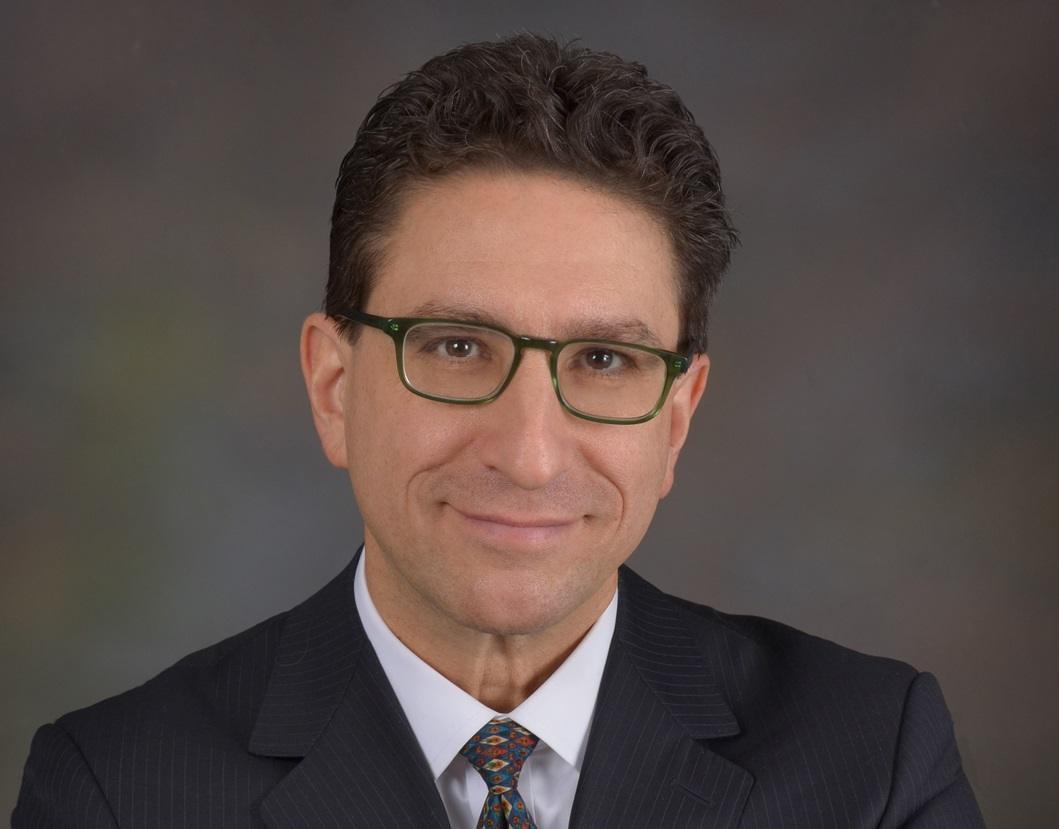Guest post: Managing ESG Risks in Small and Mid-Sized Enterprises
Brendan Walsh, Founder and Managing Partner at ESG Risk Guard
It is well understood how small and medium sized enterprises (SMEs) are significant drivers of economic growth, job creation and innovation in the US and elsewhere. They represent the backbone of an economy and are key contributors to economic growth across the world.
While it may be an exciting sector of any economy, SMEs also have their fair share of challenges. Scarcity of resources, lack of dedicated expertise and availability of data are those most often mentioned.
These same challenges are very familiar to managers in mid-sized financial institutions, where inadequate resources and scarcity of subject matter expertise are often cited as barriers to progress.
And today, ESG is an additional, and important challenge to address and has risen up the agenda of key stakeholders, from the board through to investors and policy makers. Driven by the rapid increase in risk prevalence, industry response has seen regulatory focus sharpening, regulations rapidly evolving and investor scrutiny intensifying, all of which have created a more complex ESG risk landscape to navigate.
In the world of Private Equity, like elsewhere, climate-related risk is becoming increasingly important for investors given the exposure that portfolio companies may face to both physical risks (acute and chronic) and transition risks (including stranded assets, technology, regulation). Take TCFD (Task Force on Climate-related Financial Disclosures), which is emerging as one of the de-facto standards on reporting and disclosures and consider its implementation at a private equity General Partner (GP). Limited Partner (LP) investors increasingly expect GPs to take an orderly and structured approach to climate-related risks, however, echoing the constraints mentioned above, recent research by PRI (Principles for Responsible Investing) has identified several barriers GPs face in assessing and thereafter reporting on climate-related risks including:
- No or little climate risk related knowledge
- Lack of resources and capacity to take on the task of assessing and thereafter reporting on climate-related risks
- Availability of data at the portfolio companies
These constraints can slow-down or even inhibit the implementation of the four pillars of TCFD and the underlying actions, whether that’s defining responsibility for climate-related risk at the executive and board level or determining climate-related targets at a portfolio level.
Based on his experience, his working knowledge of the sector and carefully woven into his interest in and passion for ESG and sustainability, Brendan Walsh founded a consultancy focused specifically on ESG risk management, ESG Risk Guard. “At the larger end of the market, many organizations have resources dedicated to ESG or sustainability risk management and are somewhat self-sufficient. Although we work across the spectrum, the real need lies in the small and mid-sized space where resource constraints kick-in and slow things down”.
ESG Risk Guard works with companies of all sizes, helping them with a range of engagements ranging from an ESG Readiness Assessment through to an ESG Risk Analysis & Assessment or a specific ESG-risk related engagement, providing a focused, rapid, and responsive service. For Private Equity and Venture Capital, the ESG Readiness Assessment tool has been tailored specifically to meet the needs of GPs, providing them with an ESG Risk Assessment as well as a road map to help them introduce the TCFD framework. There is also a ESG Readiness Assessment tool for Asset Managers, Banks, and Credit Unions.
About the author:
Brendan Walsh ( Brendan Walsh | LinkedIn ) is the Founder and Managing Partner of ESG Risk Guard. He is very familiar with the SME space across the world, having spent several years managing the commercial payments business for Amex in Europe, then across the international markets and most recently in the US. In his previous life managing large teams and millions of customers, Walsh invested a significant amount of time and energy with customers understanding their key pain-points and needs and ensuring these learnings were fed back into the product development cycle. Using this same playbook, he is noticeably confident of repeating his previous success.





